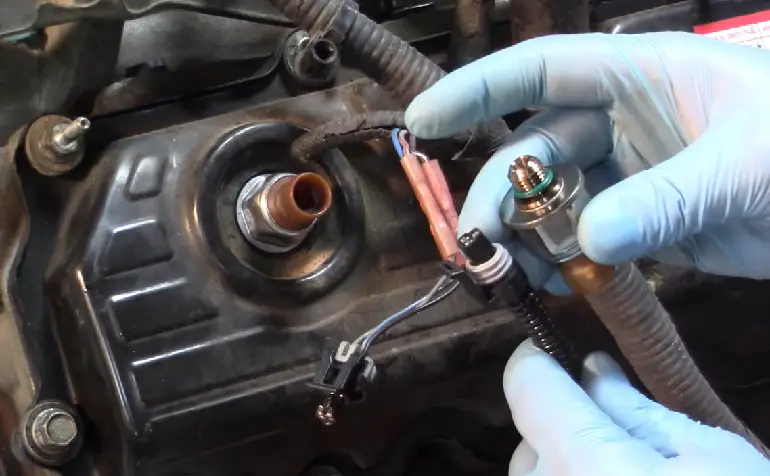Introduction
As a proud owner of a 6.0 Powerstroke, I know how frustrating it can be when your truck starts acting up. One of the most common problems that 6.0 owners experience is a bad ICP sensor. The ICP sensor is responsible for monitoring the injection pressure in the engine, and if it goes bad, it can cause a variety of problems.
Here are some of the symptoms of an ICP sensor failure on a 6.0 Powerstroke:
- Rough idle
- Engine surging
- Engine stalling
- Loss of power
- Engine misfires
- Check Engine light
If you’re experiencing any of these symptoms, it’s important to have your ICP sensor checked by a qualified mechanic. A bad ICP sensor can cause serious damage to your engine if it’s not replaced, so it’s important to take care of it as soon as possible.
In my own experience, I had a bad ICP sensor on my truck a few years ago. I started noticing that it was idling rough and stalling at stoplights. I took it to the mechanic, and they diagnosed the problem as a failing ICP sensor. They replaced it with a new ICP sensor, and the problem was solved.
I was glad that I had the ICP sensor replaced because it could have caused serious damage to my engine if it had been left unfixed. If you’re experiencing any of the symptoms of a bad ICP sensor, I recommend that you have it checked out by a qualified mechanic as soon as possible.
What Is an ICP Sensor?
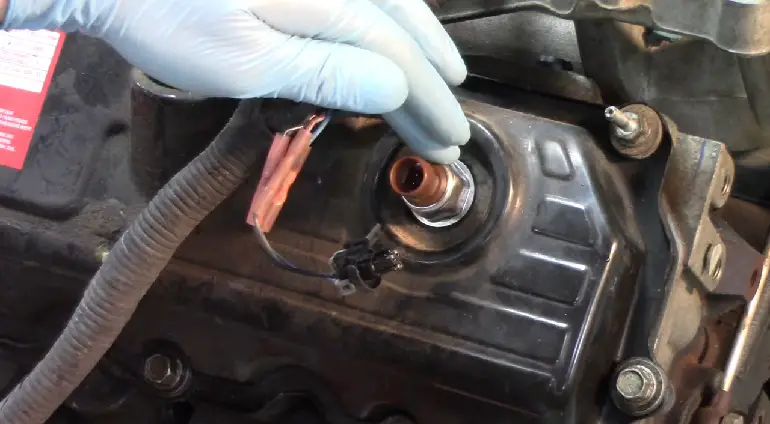
An ICP (Injection Control Pressure) sensor is an essential component in diesel engines. Its primary function is to measure the hydraulic pressure within the fuel injection system. The ICP sensor is typically located near the fuel rail or high-pressure oil pump, where it monitors the pressure and converts it into an electrical signal.
The ICP sensor plays a critical role in providing accurate information to the engine control module (ECM) or powertrain control module (PCM). This data is crucial for the ECM/PCM to determine the precise timing and quantity of fuel injection.
By analyzing the pressure readings, the ECM/PCM can make necessary adjustments to optimize engine performance, fuel efficiency, and emissions control.
In essence, the ICP sensor acts as a communication link between the fuel injection system and the ECM/PCM. It ensures that the engine receives the right amount of fuel at the right time, based on the current operating conditions.
Without a properly functioning ICP sensor, the engine’s fuel delivery system may be compromised, leading to performance issues, reduced fuel economy, and potential emissions problems.
Overall, the ICP sensor is a vital component in diesel engines, playing a crucial role in maintaining the engine’s efficiency and performance by providing accurate pressure data for optimal fuel injection control.
9 Most Common 6.0 Powerstroke ICP Sensor Symptoms
Issues With Engine Starting
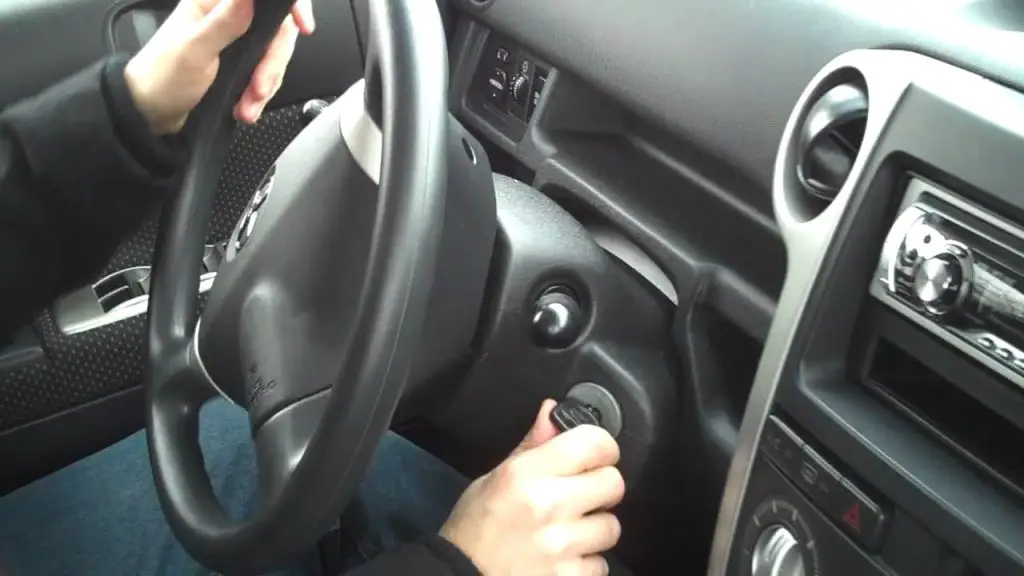
Engine starting issues can be caused by a weak or dead battery, a malfunctioning starter motor, problems with the fuel delivery system, or issues with the ignition system.
It is important to check the battery’s charge and engine compartment connections, inspect the starter motor for any faults, ensure proper fuel flow, and address any problems with the ignition system such as faulty spark plugs or ignition coils.
Regular maintenance and timely repairs are crucial for resolving engine starting difficulties and ensuring reliable operation.
Rough/Lugging Idle
A rough or lugging idle is typically caused by issues with the engine’s air/fuel mixture, ignition system, or engine components. Common culprits include dirty or faulty spark plugs, a clogged air filter, a malfunctioning idle control valve, or problems with the fuel injectors.
Addressing these issues through regular maintenance and proper diagnostics can help resolve the rough or lugging idle, ensuring smoother and more consistent engine operation.
Stalling At Stop Signs
Stalling at stop signs can be a frustrating experience. It can occur due to a malfunctioning idle control valve, which regulates the engine’s idle speed. A clogged fuel filter can restrict fuel flow, causing the engine to stall.
Malfunctioning sensors, such as the mass airflow sensor or crankshaft position sensor, can disrupt engine operation and lead to stalling.
Issues with the air/fuel mixture, such as a vacuum leak or a broken fuel injector, can also contribute to stalling. Proper diagnosis and repair of these components are necessary to address stalling issues and ensure smooth operation when coming to a stop.
Engine Misfiring
Engine misfiring refers to the condition where one or more cylinders in an internal combustion engine fail to ignite the fuel-air mixture properly. This can result in a range of issues, including rough idling, a loss of power, and poor fuel efficiency. Common causes of engine misfires include faulty spark plugs, ignition coils, fuel injectors, a pigtail connector, or oxygen sensors.
A clogged fuel filter or intake manifold vacuum leak can also contribute to misfiring. Proper diagnosis using diagnostic tools and inspection of ignition and fuel systems is crucial to identify and resolving the underlying causes. Timely repairs and maintenance are essential to restore smooth engine operation and prevent further damage to the vehicle.
Decrease In Power And Acceleration
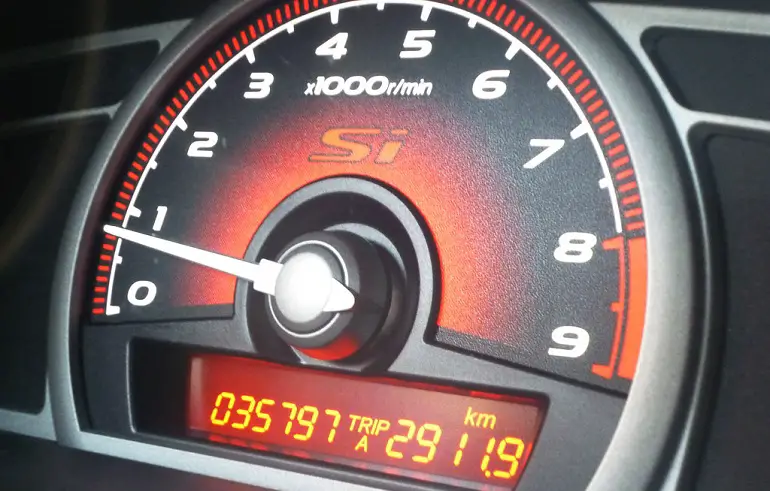
Experiencing a decrease in power and acceleration is often caused by a clogged fuel filter, malfunctioning Mass Airflow Sensor (MAF), worn-out spark plugs, faulty ignition coils, a restricted exhaust system, or issues with the turbocharger.
These factors can disrupt the proper fuel-to-air ratio, combustion process, or exhaust flow, resulting in reduced power output and sluggish acceleration.
Addressing the specific cause through timely maintenance, such as replacing the fuel filter, repairing or replacing faulty components, and ensuring a clean and efficient exhaust system, is essential for restoring power and improving acceleration performance.
Locked Brakes
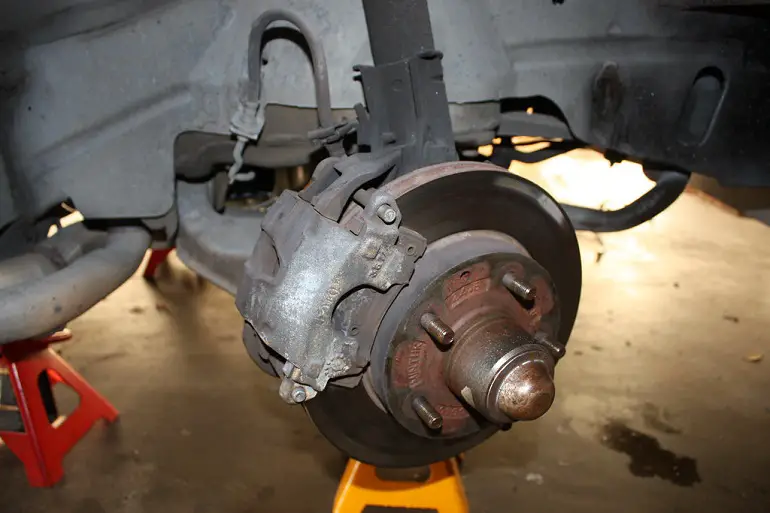
Experiencing locked brakes can be a frightening situation while driving. This occurs when the brakes are applied and remain engaged, preventing the wheels from rotating freely. Common causes include a malfunctioning brake caliper, a seized brake piston, or a brake fluid leak. Worn-out brake pads or a misadjusted brake system can also contribute to locked brakes.
Prompt inspection and repair of the brake system, including replacing faulty components, addressing fluid leaks, and ensuring proper brake pad wear, are essential to prevent locked brakes and maintain safe driving conditions. It is crucial to address locked brakes immediately to avoid potential accidents and ensure optimal control of the vehicle.
Indicator Lightening On The Dashboard
When the indicator lights illuminate on the dashboard of your vehicle, it is a way for your car’s systems to communicate with you. Each indicator light represents a specific issue or condition that requires attention. Common indicators include the illuminated check engine light, battery light, oil pressure light, and tire pressure monitoring system (TPMS) light.
These lights may indicate problems such as engine issues, low battery voltage, low oil pressure, or incorrect tire pressure. It is crucial to pay attention to these lights as they can alert you to potential mechanical or safety concerns.
Consulting the vehicle’s manual or seeking professional assistance to diagnose and address the underlying issue is recommended to ensure the safe and optimal operation of your vehicle.
Poor Fuel Economy
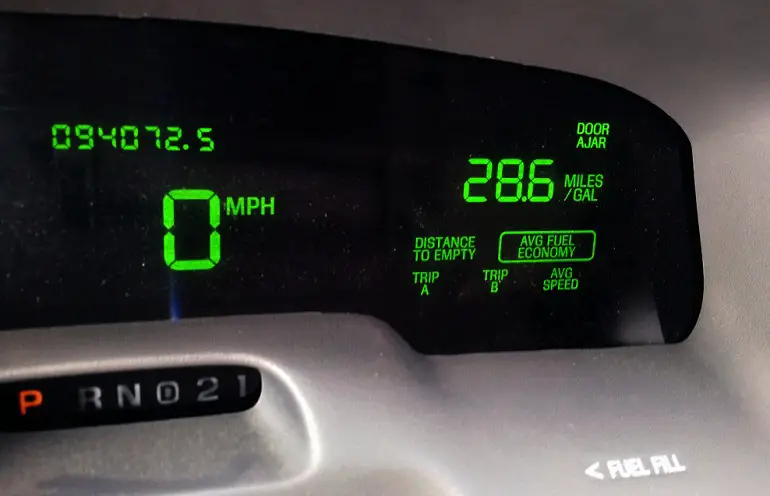
Experiencing poor fuel economy can be frustrating and costly. Several factors can contribute to this issue, including improper driving habits, a clogged air filter, worn-out spark plugs, a malfunctioning oxygen sensor, underinflated tires, dragging brakes, or a fuel system leak.
Addressing the above-mentioned factors through regular maintenance, such as replacing filters, spark plugs, and oxygen sensors, ensuring proper tire inflation, and repairing any leaks, can help improve fuel economy.
Additionally, adopting fuel-efficient driving habits, such as smooth acceleration, maintaining a steady speed, and reducing unnecessary idling, can also contribute to better fuel efficiency.
Error Codes Shown on Screen
When error codes are shown on the screen of your vehicle, it indicates that a specific issue has been detected by the onboard diagnostic system. Each code corresponds to a particular problem or malfunction within the vehicle’s systems. These codes can include issues related to the engine, emissions, transmission, or other vital components.
It is important to address these error codes promptly to prevent potential damage or further complications. Consulting the vehicle’s manual or seeking professional assistance to diagnose and resolve the underlying problem is recommended to ensure the proper functioning of your vehicle.
FAQ’s
How Do I Know if My ICP Sensor Is Bad?
There are several signs that may indicate a faulty ICP sensor. These include rough idling, stalling, reduced power and performance, excessive black smoke from the exhaust, engine misfires, difficult starting, or illuminated warning lights on the dashboard.
If you experience any combination of these symptoms, it is possible that your ICP sensor is malfunctioning.
It is advisable to have the vehicle diagnosed by a professional using specialized diagnostic tools to confirm the issue and determine if the ICP sensor needs to be replaced.
How Do You Test a 6.0 Powerstroke ICP Sensor?
To test a 6.0 Powerstroke ICP sensor, you will need a diagnostic scan tool capable of reading live data. Start the engine and connect the scan tool to the OBD-II port. Access the live data menu and locate the ICP sensor readings. Monitor the sensor’s ICP voltage and injector control pressure readings while the engine is running at idle and under load.
Compare the readings to the manufacturer’s specifications. Any significant deviations from the specified values may indicate a faulty ICP sensor. If the readings are outside the acceptable range, it is recommended to consult a professional technician for further diagnosis and potential replacement of the ICP sensor.
What Happens When ICP Sensor Fails?
When the ICP sensor fails, it can result in rough idling, decreased power and performance, engine stalling, engine misfires, and potential fuel delivery issues.
The ICP sensor detects and regulates fuel injection timing and pressure, so a malfunctioning sensor can disrupt these processes and negatively impact the overall performance and operation of the engine. It is important to diagnose and replace a faulty ICP sensor to restore proper engine functionality.
Final Thoughts
As a car owner, it can be frustrating when your car doesn’t start. There are a number of reasons why this might happen, and it can be difficult to diagnose the problem without professional help.
Now you know the 6.0 Powerstroke ICP sensor symptoms and there are a few things you can do to try to prevent your car from not starting.
First, make sure that your battery is clean and charged. A dirty or dead battery can prevent your car from starting.
Second, check the fuel level regularly and fill up when it gets low. A low fuel tank can also prevent your car from starting.
Third, change the fuel filter according to the manufacturer’s recommendations. A clogged fuel filter can restrict the flow of fuel to the engine, preventing it from starting.
If you follow these tips, you can help to keep your car running smoothly and prevent it from not starting. However, if your car still doesn’t start, it’s important to have it checked by a qualified mechanic to determine the cause of the problem.
Moreover, it would be helpful if you do thorough research before buying your vehicle as you should know what year 6.7 powerstroke to avoid. Make a conscious effort to learn the 7.3 Powerstroke years to avoid in order to make your purchase worth it.
Personally, I’ve had my fair share of car problems, and I know how frustrating it can be when your car doesn’t start. However, I’ve also learned that by following the tips above, I can help to prevent my car from not starting. I hope this information is helpful to you.

